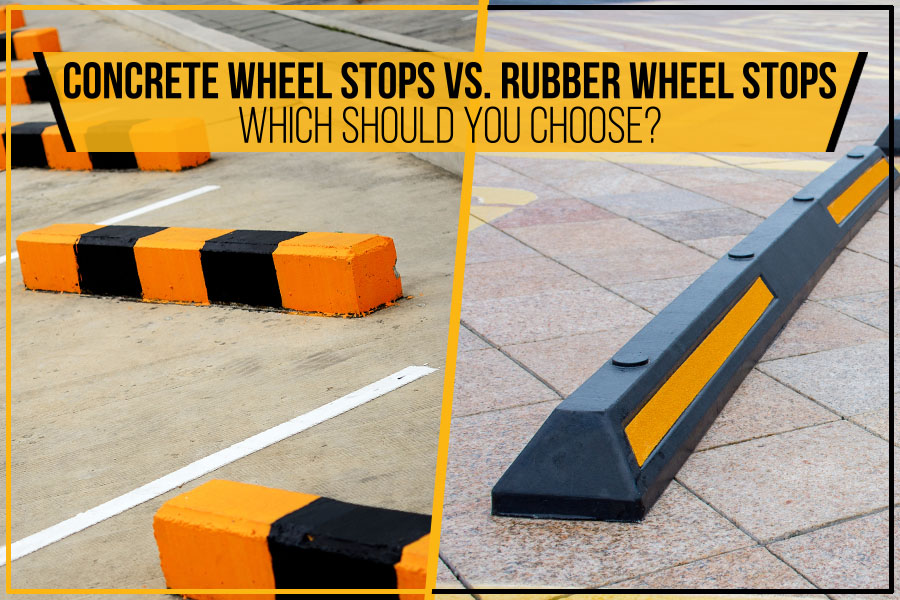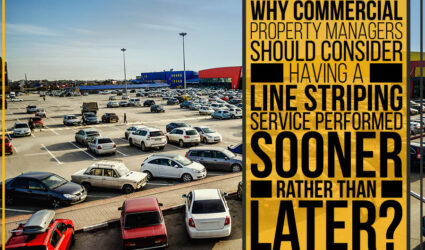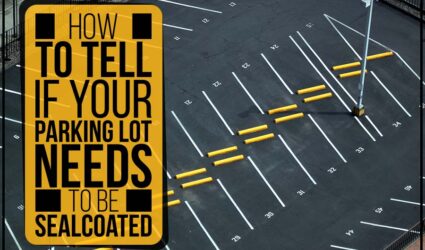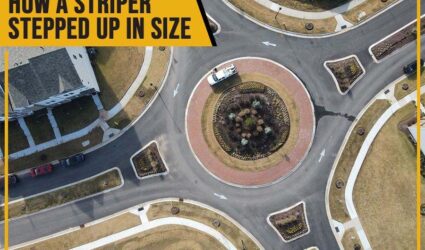Wheel stops (also known as tire stoppers, parking blocks, wheel stoppers, and curb stops) are a common feature in parking facilities. Wheel stops act as barriers to prevent vehicles from driving over designated parking spots and onto accessible ramps, sidewalks, landscape, and adjacent stalls or crash into a boundary wall in case the driver fails to brake on time. The purpose of wheel stops is to ensure the safety of you and your vehicle, pedestrians, and the property itself.
Wheel stops can be made of rubber, concrete, plastic, and metal. However, in this post we will only be discussing the two more popular options – concrete or rubber – to help you choose the appropriate one for your parking lot or parking garage.
Longevity and Durability
Concrete wheel stops and rubber wheel stops can be installed both indoors and outdoors.
Due to their heavy weight, concrete wheel stops are very stable, which allows them to do an excellent job barricading vehicles from going over the designated parking spots. Although they are durable and long-lasting, concrete wheel stops are better for indoor use as long-term exposure to the elements (sun, snow, rain, etc.) can weaken the material, after which chips and cracks appear upon contact with wheels. Water-logging can also damage your concrete wheel stops over time.
Rubber wheel stops are more durable as compared to concrete wheel stops. They do not chip or crack due to repeated contact with car wheels and are resistant to moisture, UV rays, oil and chemical spills, and extreme weather conditions.
Environmental Impact
Concrete wheel stops have no environmental impact, positive or negative. Concrete contains no toxic elements, and the wheel stop crumbles and erodes into dust particles over time.
On the other hand, rubber wheel stops are made from 100% recycled tires, so they are considered more environment-friendly.
Installation
Concrete wheel blocks and rubber wheel stops are both pre-cast/premade and then delivered to the site for installation.
Since concrete wheel stops are essentially slabs of concrete, they are harder to install because of their weight. A concrete wheel stop weighs around 100 lbs., which is why at least two to three people are required for installation, making it a more time-consuming option for a larger facility with more parking stalls. However, their weight also makes them harder to budge upon impact.
To install a concrete wheel stopper, a hole is drilled into the pavement, and the concrete wheel stop is fixed to the ground using metal rebar, metal bolts, galvanized pins, or concrete epoxy.
Rubber wheel stops are relatively easier to install as they are lighter in weight – the average weight is 30 lbs., which is why they can be fixed by a single person. To install this wheel stop, you need to drill a hole into the ground until the specified depth is reached. Place the wheel stop on the intended spot, making sure that the holes on the stopper are perfectly aligned with the ones drilled into the pavement. Next, insert the spikes and hammer them down. Continue vacuuming or brushing any accumulated dust throughout the installation process.
Transportation
Transporting rubber wheel stops is easier than concrete wheel stops are they are lighter in weight.
Colors
Concrete wheel stops can be painted in the appropriate colors to designate regular parking, handicap parking, and reserved parking; and can be repainted or customized as needed. The disadvantage of concrete wheel stops is that long-term exposure to elements can cause the paint to fade or peel off, so you need to get regular repainting done to maintain visibility.
Rubber wheel stops are mostly pre-cast with paint or reflective tape, so the color does not fade even when exposed to elements, eliminating the need for repainting. However, since the colors are pre-cast, you cannot simply paint over the wheel stop if you want to change the type of parking; you have to remove and replace the stopper with one in the appropriate color. Also, few manufacturers produce red and white wheel stops for emergency parking.
Cost
Concrete wheel stops are inexpensive compared to rubber wheel stops simply because the latter is made from recycled tires, and the processing and manufacturing make it more expensive.
Now the choice is up to you. Select whichever you deem more suitable for your parking facility!
Precision Striping & Lot Restorations offers quick and affordable wheel stop installation in Calgary, AB. Get a free estimate for your project.





